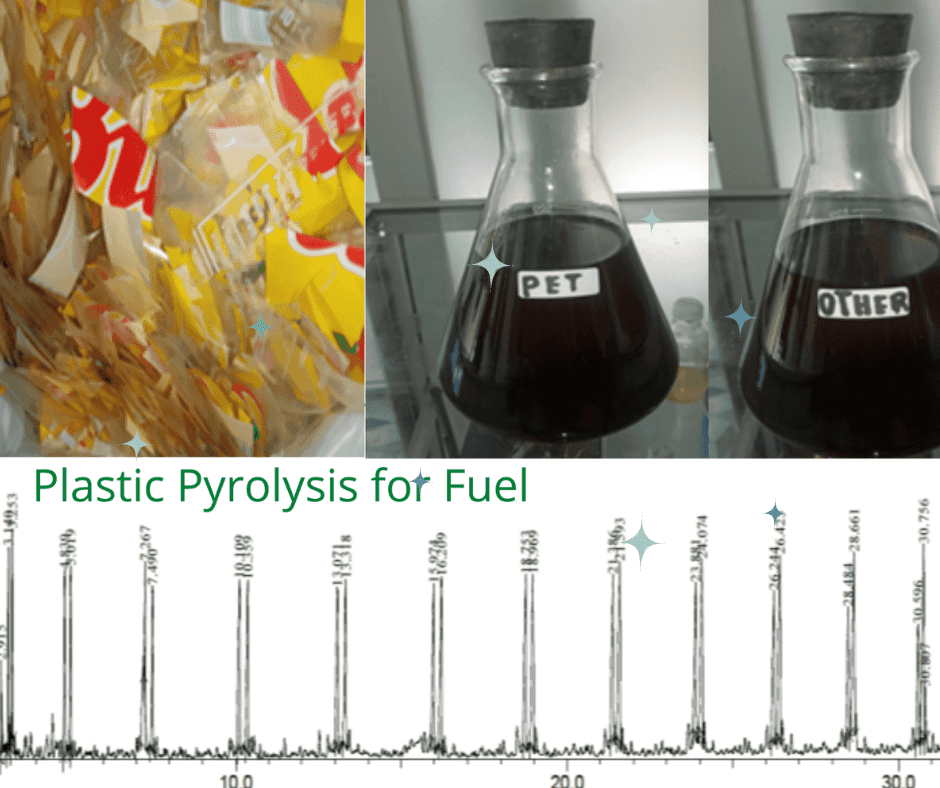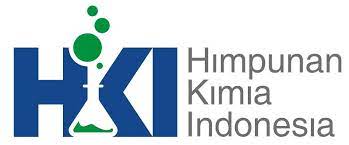
Characterization of liquid smoke from pyrolysis of plastic waste pet and other cooking oil packaging as an alternative fuel
DOI:
10.29303/aca.v6i1.121Published:
2023-02-04Issue:
Vol. 6 No. 1 (2023)Keywords:
liquid smoke, pyrolysis, packaging, cooking oil, PETArticles
Downloads
How to Cite
Massie, M., Anom, I. D. K. ., Tani, D. . ., & Solikhin, F. . (2023). Characterization of liquid smoke from pyrolysis of plastic waste pet and other cooking oil packaging as an alternative fuel. Acta Chimica Asiana, 6(1), 242–246. https://doi.org/10.29303/aca.v6i1.121
Downloads
Download data is not yet available.
Metrics
Metrics Loading ...






 Indonesian Chemical Society, Chapter Nusa Tenggara. Jalan Majapahit 62 Mataram, University of Mataram, 83125, Indonesia
Indonesian Chemical Society, Chapter Nusa Tenggara. Jalan Majapahit 62 Mataram, University of Mataram, 83125, Indonesia





